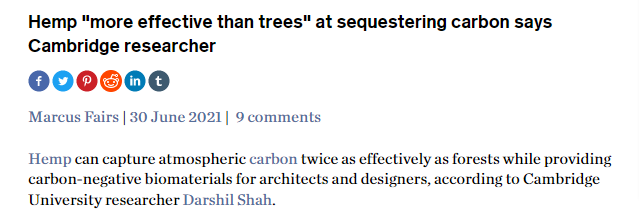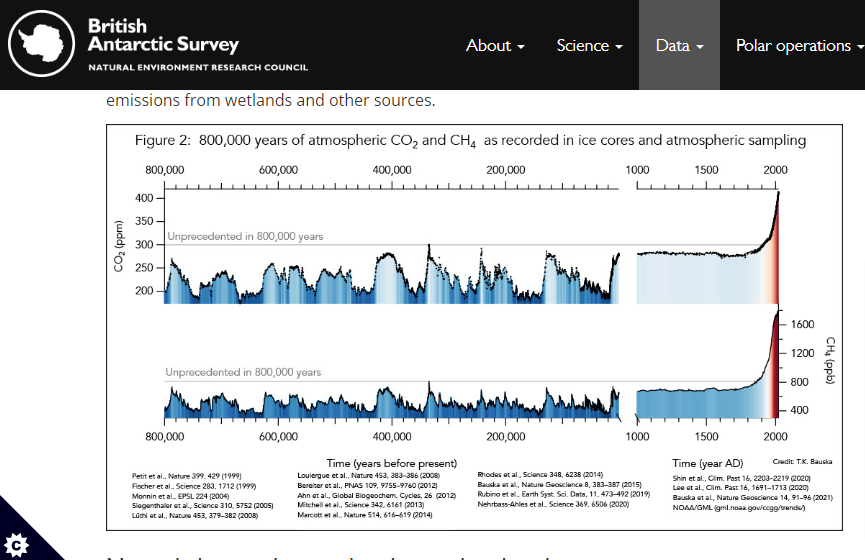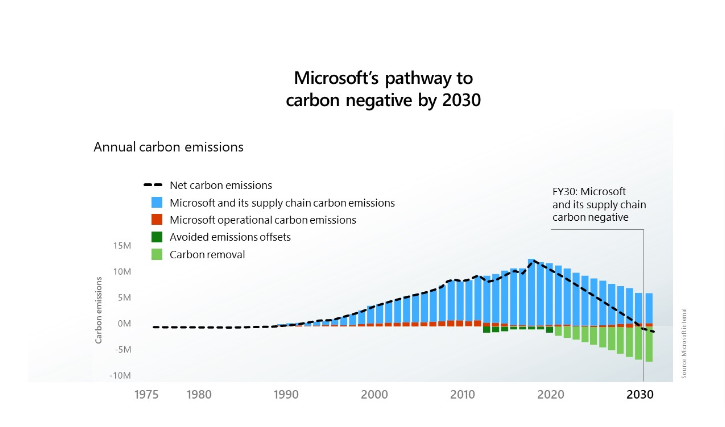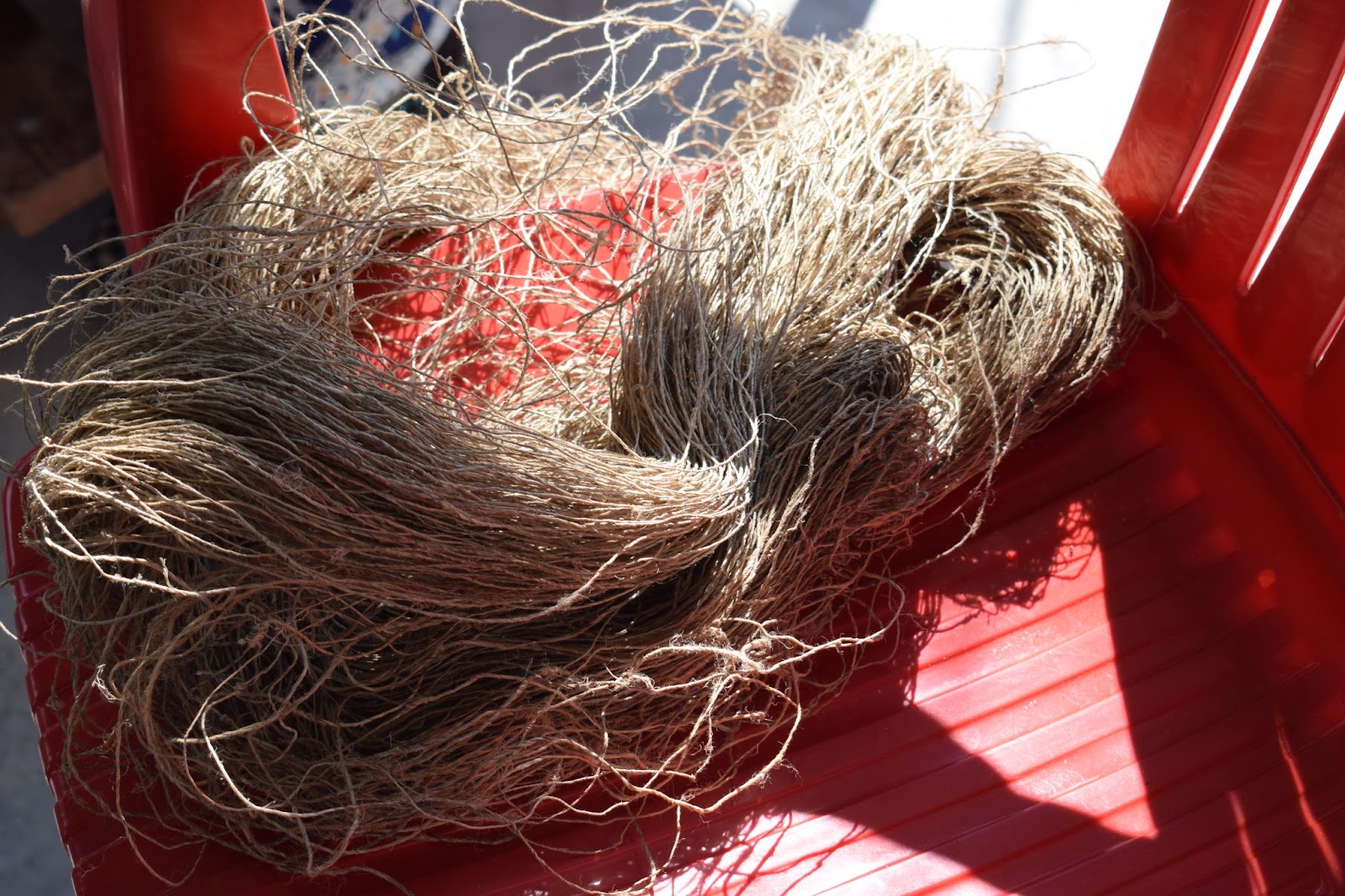Before anything, a word on carbon taxes.

Right, the UN is being vocal about the need for carbon-karma-accountability.
We are in a time when carbon taxation or carbon pricing is used as a mitigation strategy to avoid a climate catastrophe.
Is this anything new?
Perhaps not, because the term has been in and out of popularity, as shown by Google’s record of how often it’s been used in books, for the last 20 years.

So, this is the time to think of fundamental changes.
Something practical. Something proved. And something that’s not even a secret.
That something is industrial hemp.
How does hemp tilt the earth’s carbon equations to the right side? Let’s find this out, along with more exciting info about:
- The science behind hemp as a carbon sequestration tool
- Other benefits of using hemp as a carbon sequestration tool
- Best Carbon sequestration methods using hemp.
The Trouble with Carbon: As Things Stand Today
Carbon dioxide emission causes global warming as they hold heat in the earth’s atmosphere instead of removing it into space.
During the carbon sequestration process, the industrial hemp plant captures and stores the gaseous and atmospheric carbon dioxide instead of being released into the atmosphere.
Is Industrial hemp extraordinarily great with carbon sequestration?
Industrial hemp is an ideal carbon sink, scientifically proven to absorb more carbon dioxide than any commercial crop or forest.

According to Cambridge University forests absorb 2 to 6 tones of CO2 per hectare per year, whereas industrial hemp absorbs CO2 of 8 to 15 tones per hectare of cultivation.
Not only is hemp a good carbon sequestration tool, but the production of hemp is also carbon-negative.
“Hemp production is a carbon-negative process, meaning it soaks up more carbon from the environment during its growth than emitted by the equipment during harvesting, processing, and transporting it.” says Catherine Wilson, the EIHA vice president.
The Science behind hemp as a carbon sequestration tool
Hemp, having a 120-day crop cycle, without any doubt, is one of the fastest CO2-to-biomass transformation tools available today.
Hemp’s carbon sequestration function starts the moment it is seeded. The industrial hemp stem consists of lignin, cellulose, and hemicellulose, whose chemical structure is primarily carbon.
When hemp conducts photosynthesis, carbon dioxide is sponged from the atmosphere to permanently form a bond with the carbon molecules present within the hemp plant stems.
This way, hemp’s carbon sequestration operation reduces the atmosphere’s excess carbon dioxide. Unless the hemp is burned or composted, the sequestered carbon stays within the hemp fibers.
Other benefits of using hemp as a carbon sequestration tool
- Reduces Global Warming Effects.

Within the last 200 years, mindless human activities have tremendously increased carbon dioxide levels in the atmosphere. According to British Antarctic Survey, the concentration of carbon dioxide is now nearly 50% more than in the industrial revolution period.
Carbon dioxide is a major contributing factor to the greenhouse effect. And to counteract it, the primary solution is to plant trees.
The more the number of plants means less carbon dioxide emission as plants absorb the excess gas from the atmosphere . Industrial hemp absorbs CO2 efficiently.
When industrial hemp absorbs CO2, it reduces the atmospheric temperature and, thereby, the consequences of global warming.
The long-term results of temperature drop could mean few numbers of forest fires, rarer storms, lower ocean levels, and enlargements in the world’s forest area.
2. Improves soil health
Using pesticides and chemical fertilizers on farmlands can adversely affect water sources, such as streamlets, seas and lakes.
The animals or humans, depending on that water source, will have consequences when they ingest it. So one of the reliable solutions to the problem is to use hemp as a cover crop.
Hemp cultivation nourishes and revitalizes the soil because its stalks and leaves contain nutrients. When hemp biomass mixes with the ground, it restores the soil health by feeding essential nutrients into the ground.
Planting hemp can thus reduce the need for farmers to add chemical fertilizers to their soil.
3. Selling Carbon Credits
Carbon credits are nothing but tradable permits that provide the credit holder the right to release a specific amount of carbon dioxide or other greenhouse gas.

With Microsoft’s purchase of 193,000 metric tons of soil offset carbon credit, the sale of agricultural carbon offset credits is becoming increasingly popular.
Since hemp is one of the most carbon-gobbling crops in agriculture, farmers who cultivate hemp can have monetary benefits by selling agricultural carbon offset credits.
Farmers who include hemp in their rotations sustainably could lower their operation’s overall greenhouse gas emissions, letting them obtain carbon credits for their farming practice.
Farmers can eventually sell their carbon credits to companies with higher carbon footprints at carbon markets.
4. Reduces Deforestation
According to research conducted in 2017, the rate of deforestation is calculated to be around 48 football fields every minute.
If it goes uncontrolled, no rainforests will be left, drastically influencing climate change and contributing to natural calamities.
Is there no solution for this? Yes, Hemp! Hemp can quickly replace trees as the primary raw material sources for paper and wood.
While trees take a prolonged time to mature and deliver some output as paper or wood, hemp can be grown and quickly processed within 4 to 5 months.
This helps to lower the cutting down of trees of manufacturing procedures like paper, furniture, and other products.
Best Carbon Sequestration Methods using Hemp
- Hemp Farming, a biological sequestration tool
The U.S government legalized industrial hemp cultivation through
the Farm Bill in 2018, understanding its multiple benefits after a long-term ban.
Contrary to the misunderstandings, industrial hemp holds extremely low levels of THC, the chemical compound with psychoactive effects.
Instead, the carbon sequestration characteristic of hemp farming is the best example of a high-value environmental service that deals with climate change.
During hemp farming, the plant breathes in carbon dioxide, transforms the carbon into sugars that support plant growth, and then releases extra carbon through the roots to the soil, which helps feed microbes.
While excess carbon dioxide in the atmosphere of the earth is a disadvantage, the surplus carbon in soil is an asset for farmers.
For every 1 ton of carbon added to the natural soil, 3.67 tons of carbon dioxide is taken from the atmosphere.
Though all plants and trees can sequester carbon, hemp’s carbon sequestration functions faster than the rest, where every acre of hemp can potentially hold 2-3 tons of carbon in the soil.
Apart from being one of the best carbon sequestration methods, hemp-cultivated products can be used in products varying from food and medicine to construction materials is driving a ripple market for the plant.
2. Hempcrete, the environment-friendly building material
Florida’s first home built with eco-friendly hempcrete.

Hempcrete, as the name says, is an alternative to concrete and is a material combined with a binder that solidifies to form building blocks and panels.
But guess what? Unlike concrete, hempcrete is made from the dried woody core of hemp stalks. And, of course, hemp’s carbon sequestration characteristics come into action.
The cement industry contributes to nearly 5% of all carbon emissions. This is because it needs massive amounts of heat and energy to make concrete.
To be more precise, around 1 pound of carbon dioxide is released for every pound of concrete created.
Using hempcrete, 19 pounds of carbon dioxide is sequestered per cubic foot, which is equivalent to three refrigerators’ annual carbon emissions.
By encapsulating carbon dioxide in the structure, the amount of carbon dioxide in the atmosphere reduces.
3. Hemp Bio Fibers Products

Crops like industrial hemp, which has high biomass, can sequester high amounts of carbon through photosynthesis.
The absorbed carbon through hemp’s carbon sequestration process is thus stored in the body and roots of the plant. The hemp fibre is then transformed into biofiber products.
Processing the fiber will sequester carbon that is captured and stored in manufactured biofiber products.
Hemp’s carbon sequestration is the answer
Now you have read the benefits of industrial hemp’s carbon sequestration features.
Do you think it is fair to leave industrial hemp for misunderstandings instead of reaping its benefits?
If not, start cultivating industrial hemp and reap its benefits while contributing to climate mitigation activities. Because hemp can save planet earth from catastrophic climate change consequences.